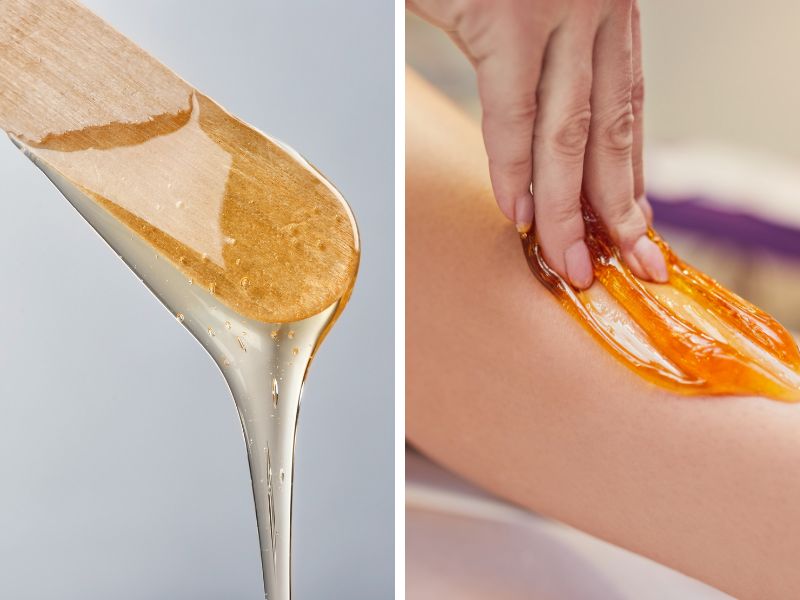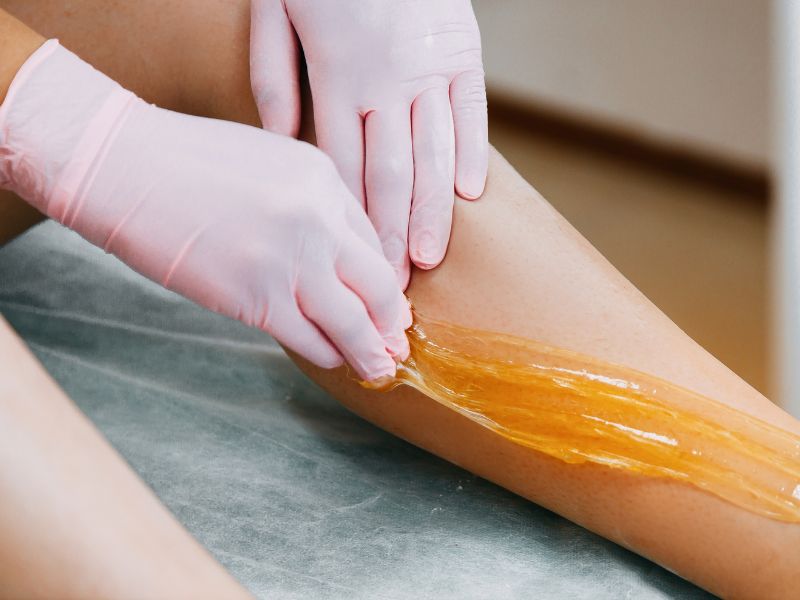For those seeking a hair removal method that balances effectiveness and comfort, the debate between sugaring and waxing is likely on their radar. Both techniques promise smooth, hair-free skin, but one claim often stands out: sugaring is less painful than waxing. Let’s delve into the nuances of these two methods to determine whether sugaring truly lives up to its reputation.
The Science Behind Sugaring
Sugaring involves mixing sugar, lemon juice, and water to create a sticky paste. This paste is applied to the skin in the direction of hair growth and then swiftly removed in the opposite direction. Unlike wax, sugaring adheres only to the hair, not the skin, reducing the likelihood of irritation.

Canva. com
The Gentle Grip of Sugaring
One key factor contributing to sugaring’s reputation for being less painful is how it adheres to the hair. Conversely, wax sticks to the hair and the skin, often leading to more discomfort upon removal. Sugaring’s gentle grip minimizes the likelihood of skin irritation, making it a preferred option for those with sensitive skin.
Temperature Matters
Another aspect to consider is the temperature at which sugaring is applied. Unlike wax, which is typically heated to a high temperature, sugaring paste is used at body temperature. It means that sugaring is less likely to cause burns or discomfort related to heat.

Canva. com
Gradual Hair Removal
Sugaring can also lead to less pain due to its gradual approach to hair removal. By removing hair in the direction of growth, there is less pulling on the hair follicles, making the process feel less uncomfortable than waxing.
Personal Experience
Ultimately, the pain level experienced during sugaring or waxing can vary from person to person. Factors like pain tolerance, hair type, and skin sensitivity play a role. It’s recommended to consult a professional technician with experience in both methods to determine which one may be best suited for individual preferences and needs.
